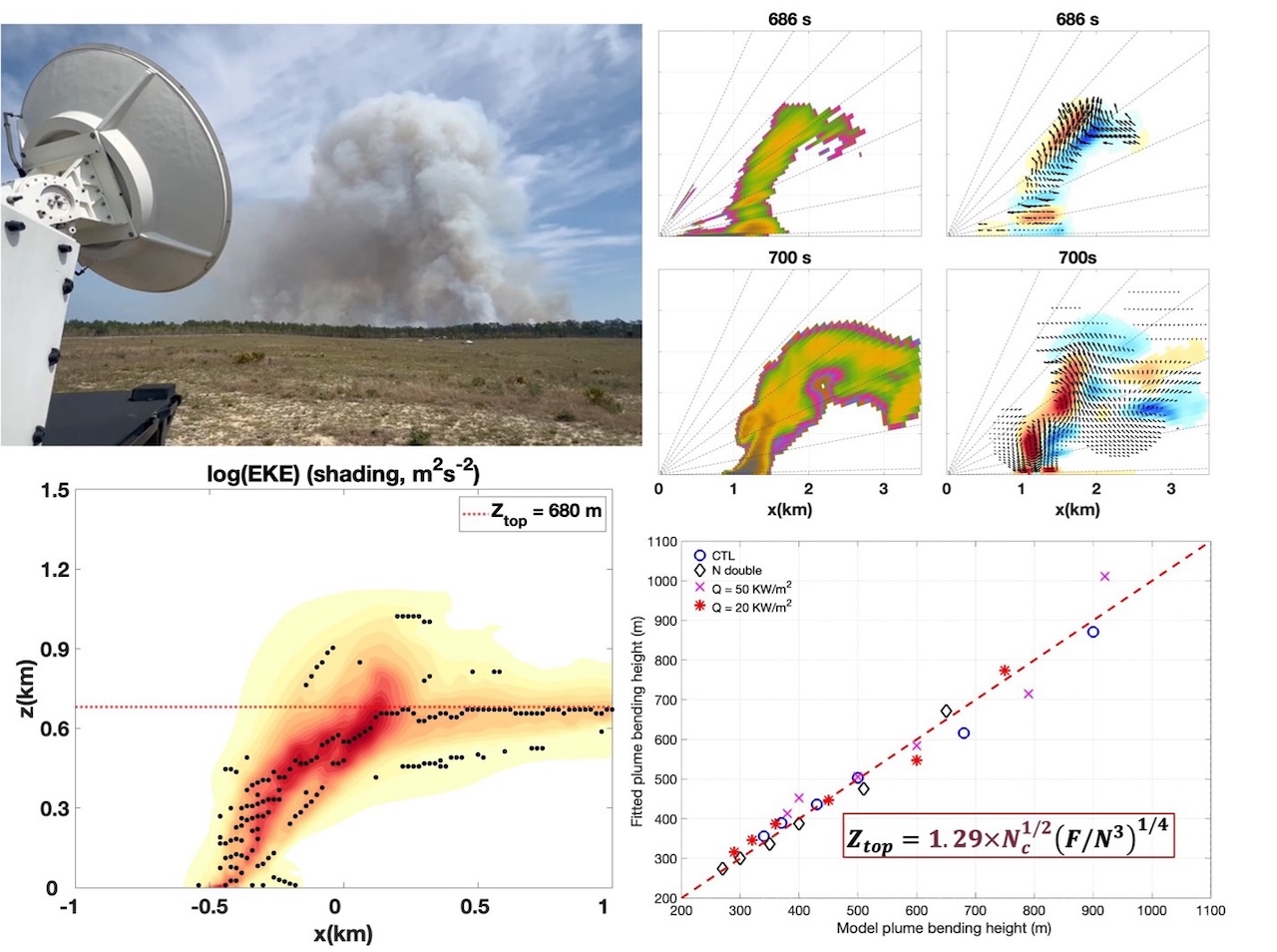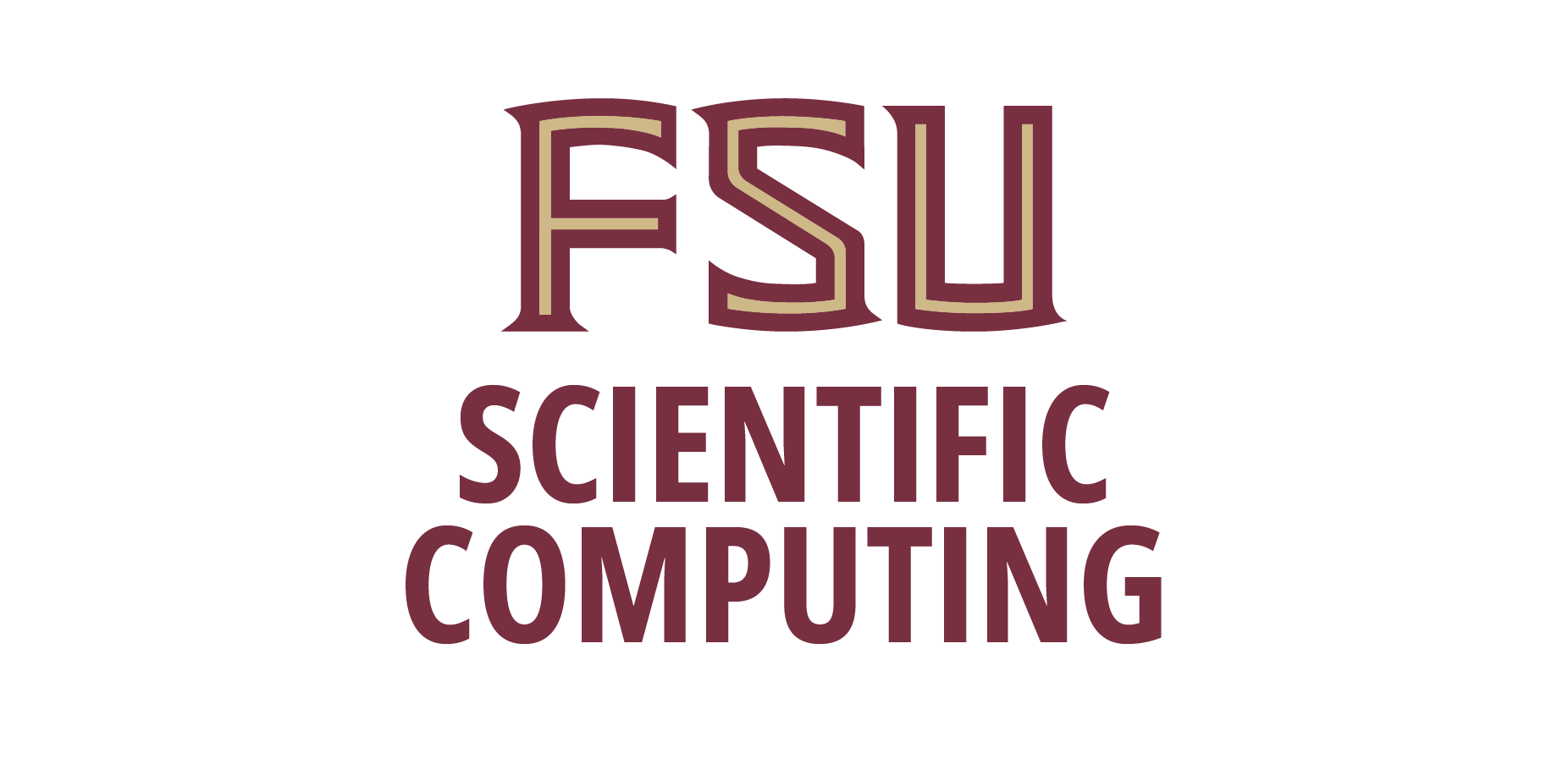"Billow-like vortices within the smoke plume generated in a prescribed fire: Radar observation and numerical simulations"
Wednesday, Sep 03, 2025
Abstract:
Understanding the smoke spread from a fire is essential to inform the public about exposure and improve risk mitigation strategies as wildfires intensify and frequency increase in the US and worldwide. Field experiments with a set of prescribed fires were conducted on March 11, 2023, near Valparaiso, Florida. The development of a smoke plume generated from the fire was observed by the Rapid scan X-band Polarimetric (RaXPol) radar with high spatiotemporal resolution.
In this study, we use a large-eddy simulation (LES) with the Cloud Model 1 (CM1) to simulate and analyze the observed smoke plume. The control simulation adequately reproduces the observed spatiotemporal development of the smoke plume. Particularly, it duplicates the bending shape of the plume containing a well-organized billow-like vortex structure in the leading edge of the plume. This bending part of the plume may cause the return of smoke toward the ground and potentially lead to high smoke concentration near the ground, which can be serious risks to public health and traffic safety.
By designing a series of sensitivity simulations, this study reveals that the characteristics of billow-like vortex structure within smoke plumes are influenced by the heat source, the boundary layer stratification, and the vertical shear of the crossflow. These three factors collectively determine the height of billow-like vortices and their horizontal scales. Our findings also indicate that the elevation where billow-like vortices are located coincides with the bending of the plumes. These findings can be understood from the classical theory for the top of a plume before it reaches a steady state. Based on the theory, we identify the relationships of the characteristics of vortices with the environmental conditions. These relationships allow for accurately predicting the key features of the vortex structure within smoke plume under different environmental condition seen from numerical simulations.


